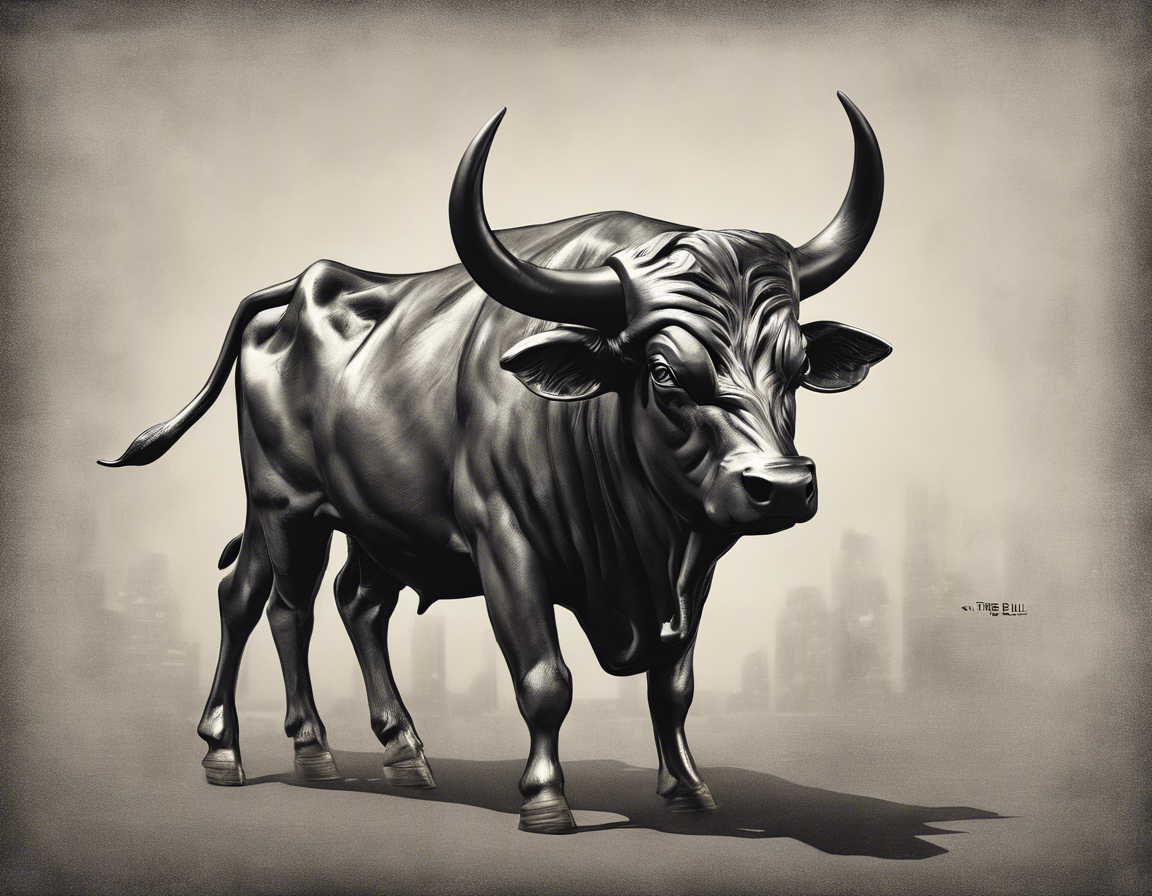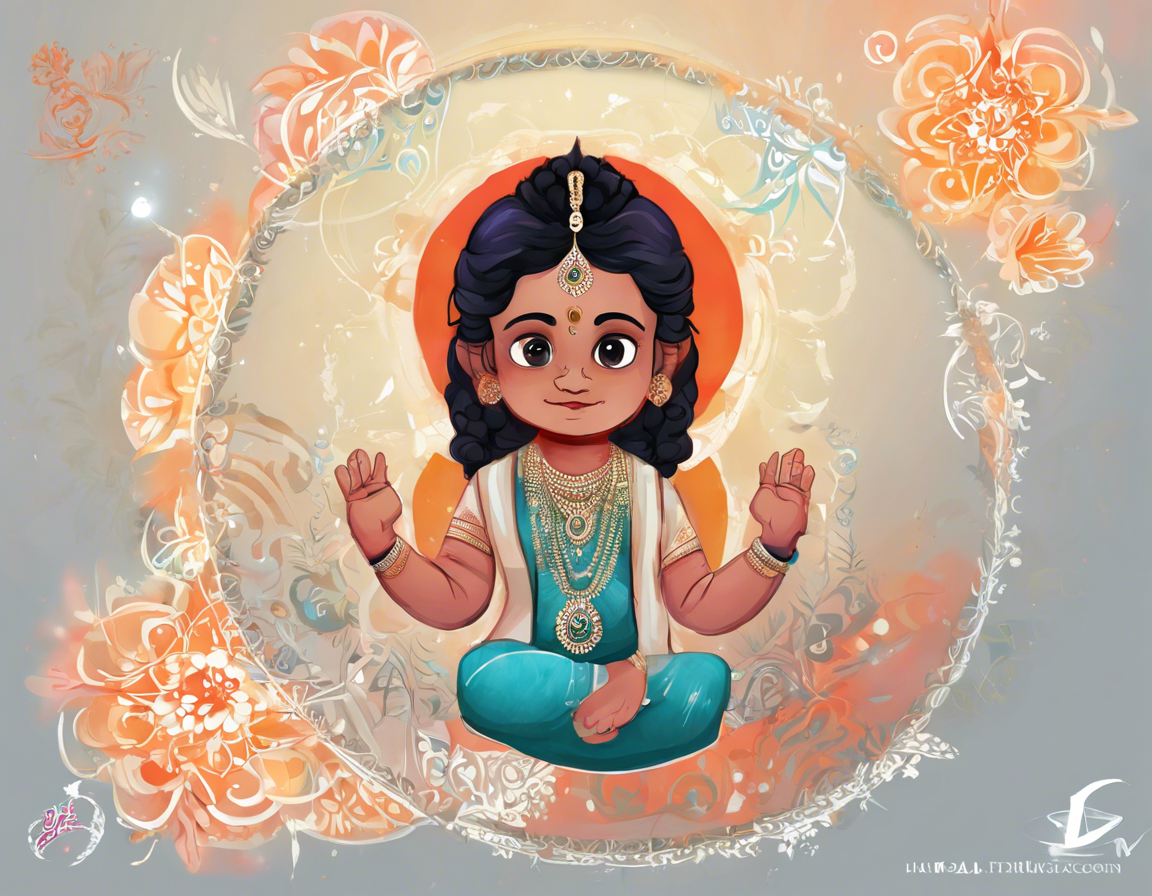Bull Riding: A Look Inside the Thrilling World of Rodeo!
Imagine the adrenaline pumping through your veins as you sit atop an 1,800-pound raging bull, ready to test your courage and skill against one of the most formidable creatures in the animal kingdom. This is the electrifying world of bull riding, a cornerstone of the rodeo circuit that has captured the hearts of audiences around the globe.
The History of Bull Riding
Bull riding has a long and storied history, dating back to the early days of ranching in the American West. What began as a way for cowboys to showcase their horsemanship skills quickly evolved into a test of sheer grit and determination as riders began to climb aboard bulls instead of horses. Today, bull riding is a major draw at rodeo events, attracting top riders from all corners of the world to compete for fame, glory, and lucrative prize money.
The Basics of Bull Riding
Bull riding is a simple concept with a deceptively challenging execution. The rider must stay mounted on a bucking bull for a minimum of eight seconds, all while using only one hand to grip a thickly braided rope that is wrapped around the bull’s chest. Sounds easy, right? Not quite. Bulls are powerful, unpredictable animals, capable of lightning-fast movements and bone-jarring bucking that can send even the most experienced riders flying.
The Equipment
To protect themselves from injury, bull riders wear a specialized array of protective gear. This includes a flak jacket to shield the torso from impact, a helmet with a facemask to guard against head injuries, and spurs to help the rider stay balanced on the bull’s back. The most important piece of equipment, however, is the bull rope. Made from braided nylon or polypropylene, the bull rope is the lifeline that connects the rider to the bull. It must be tightly wrapped around the bull’s chest with a handhold knot that the rider can grip securely during the ride.
How to Ride a Bull
Riding a bull requires a combination of physical strength, balance, and mental fortitude. As the bull bursts from the chute, the rider must lean back, keep their heels down, and maintain a tight grip on the rope. They must anticipate the bull’s movements and make split-second adjustments to stay centered and in control. Proper positioning of the free arm and legs is crucial to maintaining balance and avoiding being thrown off. In the event of a fall, bull riders are taught to tuck and roll to minimize the risk of injury.
The Professional Bull Riders (PBR)
The Professional Bull Riders (PBR) organization is the premier sanctioning body for bull riding events worldwide. Founded in 1992, the PBR has revolutionized the sport, elevating it to new heights of popularity and professionalism. The organization hosts a series of elite events known as the Built Ford Tough Series, where the world’s best riders compete for big prize money and a chance to be crowned the PBR World Champion. With its talented athletes, high-energy atmosphere, and dramatic competition, the PBR has helped bring bull riding to a global audience.
Bull Riding Legends
Over the years, bull riding has produced a number of legendary figures who have left an indelible mark on the sport. Riders like Lane Frost, Tuff Hedeman, and Chris Shivers are celebrated for their fearless riding style, unwavering determination, and larger-than-life personalities. These icons have inspired generations of bull riders to push the limits of what is possible in the arena and to never back down from a challenge.
Safety Concerns
While bull riding is undeniably thrilling, it is also a dangerous sport that carries a high risk of injury. Riders can suffer broken bones, concussions, and other serious injuries from falls or impacts with the bull. To mitigate these risks, professional bull riders undergo rigorous training, conditioning, and safety protocols to ensure their well-being. Medical staff and emergency personnel are always on hand at rodeo events to provide immediate care in case of injury.
Tips for Aspiring Bull Riders
If you are considering trying your hand at bull riding, here are a few tips to help you get started:
- Start Small: Begin by practicing on a mechanical bull or in a controlled environment with experienced instructors.
- Focus on Fundamentals: Develop good balance, core strength, and riding technique to improve your chances of success.
- Stay Mentally Tough: Bull riding is as much a mental game as it is physical. Stay focused, confident, and determined, even in the face of adversity.
- Learn from the Pros: Watch videos of top riders, attend rodeo events, and seek guidance from experienced bull riders to hone your skills.
- Safety First: Always prioritize safety by wearing the proper gear, following safety guidelines, and listening to your coaches and trainers.
Frequently Asked Questions (FAQs) About Bull Riding:
Q: How long do bull riders have to stay on the bull?
A: Riders must stay mounted for a minimum of eight seconds to receive a score.
Q: How are bulls selected for rodeo events?
A: Bulls are carefully chosen based on their strength, agility, and bucking style to provide a fair and challenging ride for the riders.
Q: Do bulls get hurt in bull riding events?
A: Bulls are well taken care of and are not intentionally harmed during rodeo events. They are highly valued for their athletic ability and are treated with respect and care.
Q: What is the scoring system in bull riding?
A: The rider is judged on their style, control, and ability to stay on the bull for the full eight seconds. The bull is also scored based on its performance.
Q: Can anyone try bull riding?
A: While anyone can attempt bull riding, it is a physically demanding and potentially dangerous sport that requires proper training, skill, and safety precautions.
In conclusion, bull riding is a thrilling and awe-inspiring display of human courage and athleticism. From its humble beginnings on the ranches of the Old West to the glitzy arenas of today’s professional rodeo circuit, bull riding has captivated audiences with its blend of danger, excitement, and raw emotion. So next time you watch a rodeo event or see a fearless rider take on a bucking bull, remember the centuries-old tradition and unyielding spirit that defines the sport of bull riding.


